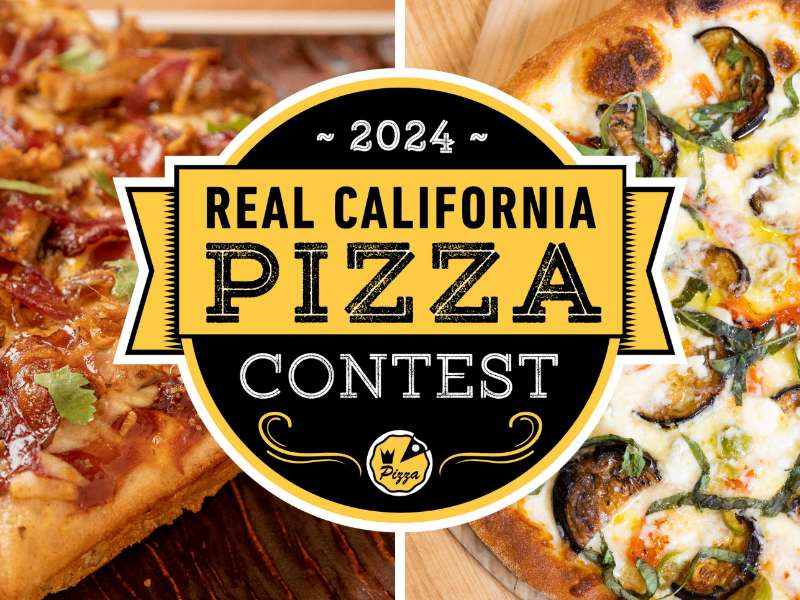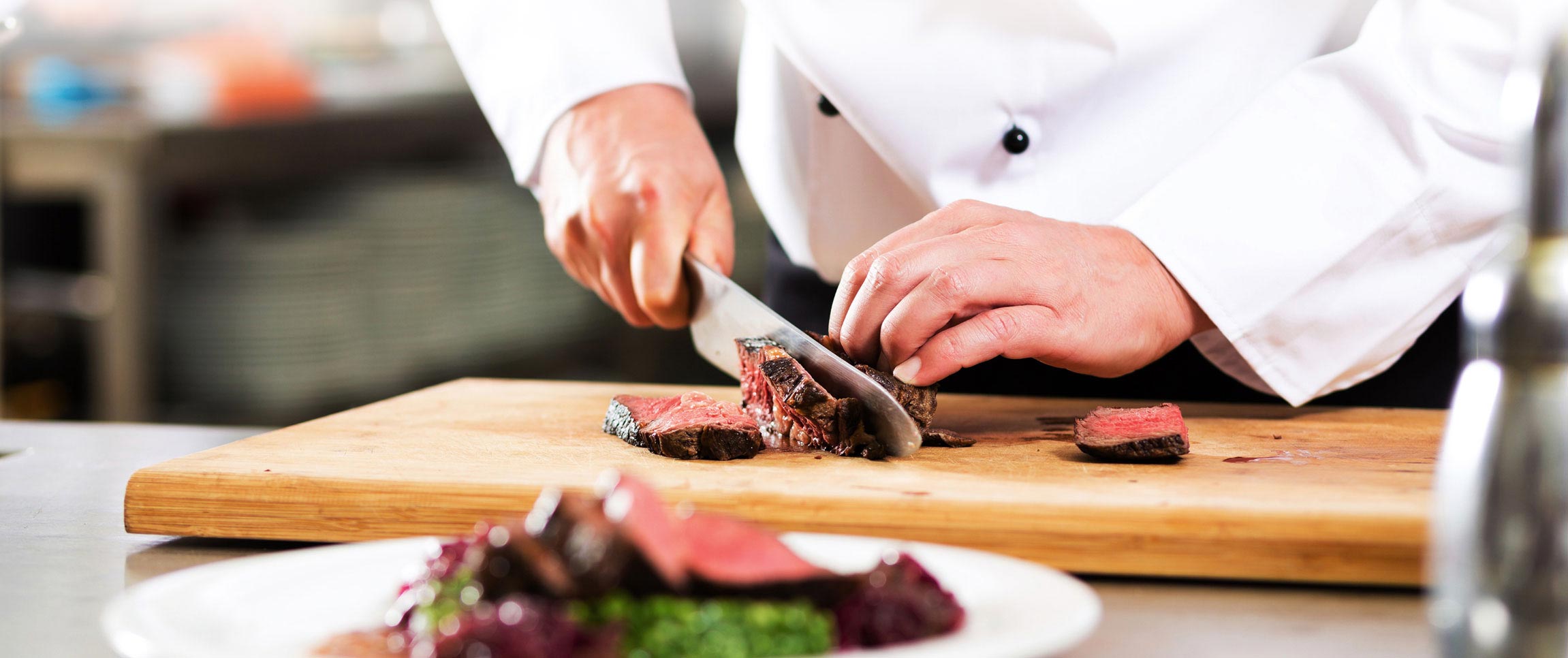For chefs, knives are among the most important tools of the trade. A good knife is well-balanced and fits comfortably in the user's hand. It should be well-constructed and made of a metal that is easy to sharpen. A good knife can be costly but, with care, will last for many years.
Knife Construction
Good knives begin with a single piece of metal which is either stamped, cut, or forged, then tempered into a blade. Here are three types to consider.
Carbon Steel
This is an alloy of carbon and iron. This metal is used for blades because it is easy to form and sharpen. However, it can corrode and discolor over time. This occurs most commonly with acidic foods.
Stainless Steel
This metal will not rust, corrode or discolor. The downside is that it is very difficult to sharpen a stainless steel blade.
High-Carbon Stainless Steel
An alloy that combines the best attributes of carbon and stainless metal. It will not rust, discolor or corrode. It is very easy to sharpen and is the most common metal used for high quality chef’s knives.
Knife Shapes
French or Chef’s Knife
Rigid blade typically 8 inches to 14 inches in length. This knife is used for chopping, slicing and mincing. The blade is wide at the handle ending in a tapered point. This is a "must have" in a chef’s tool kit.
Utility Knife
A rigid blade that's 6 inches to 8 inches in length. Used for cutting vegetables, poultry and fruits.

Boning Knife
This blade can be rigid or flexible and 5 inches to 7 inches in length. Used to separate meat from the bone.
Paring Knife
A small rigid blade 2 inches to 4 inches in length. Used for detail work with fruits and vegetables.
Cleaver
Rectangular in shape, rigid, and very heavy. This is used for chopping or cutting through bone.
Slicer
A long, thin rigid or flexible blade primarily used for carving meats.
Bread Knife
A serrated slicer with a rigid blade used for slicing bread and pastry items.
Scimitar
Also known as a butcher’s knife. The blade is up to 14 inches in length, rigid and curves up on a 25-degree angle. It is used mainly for preparing meats.
Oyster Knife
This knife is short and rigid but has no cutting edge. Instead, it ends in a point used for opening oysters.
Clam Knife
Has a rigid blade with one cutting edge to open a clam's shell.
Knife Aids
Sharpening Stone
This is a three-sided device. One side is coarse, the second is medium-coarse, and the last side is fine grade. You hold the knife on a 25-degree angle to the stone and swipe both sides over the full length of the blade. Start on the stone's coarse side and work your way through the medium and fine sides. You must swipe each side of the knife blade equally to form an even v-shaped cutting edge. Sharpening stones put a cutting edge back onto a dull knife.
Steel
This device will not sharpen a dull knife. Instead, it hones the blade to create a perfect edge after the knife has been sharpened. It will help to maintain the cutting edge of a sharp knife if it is used before each task in between full sharpenings.



